![]()
Aroids and other genera in the Collection
Take the Tour Now?
Orchids
The
Exotic Rainforest
Plants in
the Exotic Rainforest Collection
Images on this website are copyright protected. Contact
us before any reuse.
In depth information on how to grow Philodendron species, Click this Link
Within our collection we have many species of Philodendron. If you are seeking other photos, click this link
Philodendron species unknown
collected near Chocó, Colombia
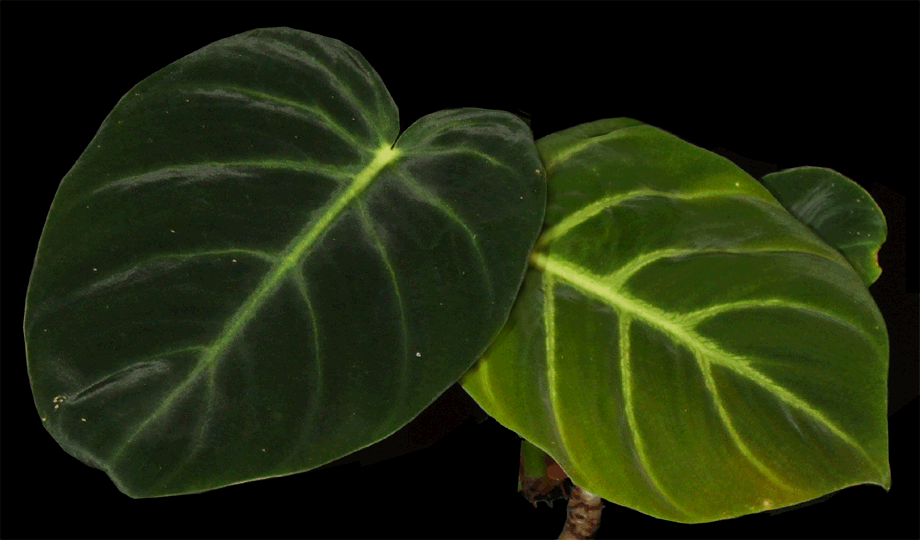
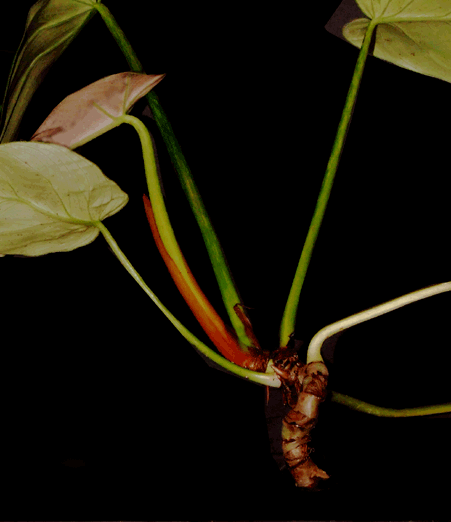
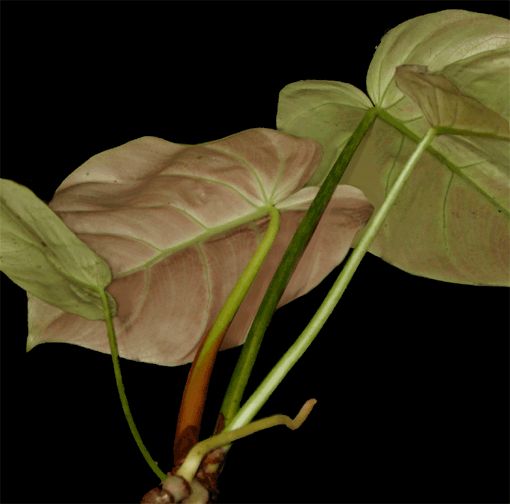 The internodes on the stem are short.
The internodes on the stem are short.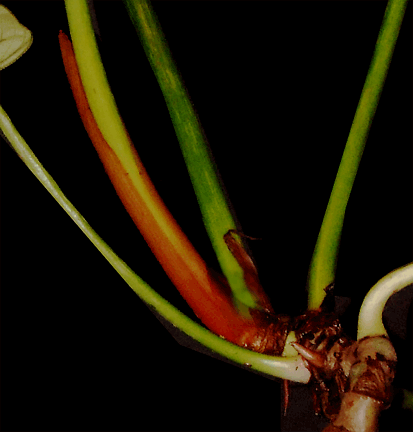 All
Philodendron
species are aroids. An aroid is a plant that reproduces by producing an
inflorescence known to science as a spathe and spadix. Many people
think the spathe is a "flower". It is not. The spathe is nothing more
than a specially modified leaf. Within the inflorescence
there are very tiny flowers found on the spadix at the center of the
inflorescence. The inflorescence, which is sometimes shaped like a tube
and often known as a "flower" is the spathe and inside that is the
spadix. When ready to reproduce, the spadix produces both male,
female and sterile flowers which if pollinated will produce the berries
containing seeds. I have yet to see an inflorescence.
To our knowledge, the species is not available for sale as yet.
All
Philodendron
species are aroids. An aroid is a plant that reproduces by producing an
inflorescence known to science as a spathe and spadix. Many people
think the spathe is a "flower". It is not. The spathe is nothing more
than a specially modified leaf. Within the inflorescence
there are very tiny flowers found on the spadix at the center of the
inflorescence. The inflorescence, which is sometimes shaped like a tube
and often known as a "flower" is the spathe and inside that is the
spadix. When ready to reproduce, the spadix produces both male,
female and sterile flowers which if pollinated will produce the berries
containing seeds. I have yet to see an inflorescence.
To our knowledge, the species is not available for sale as yet.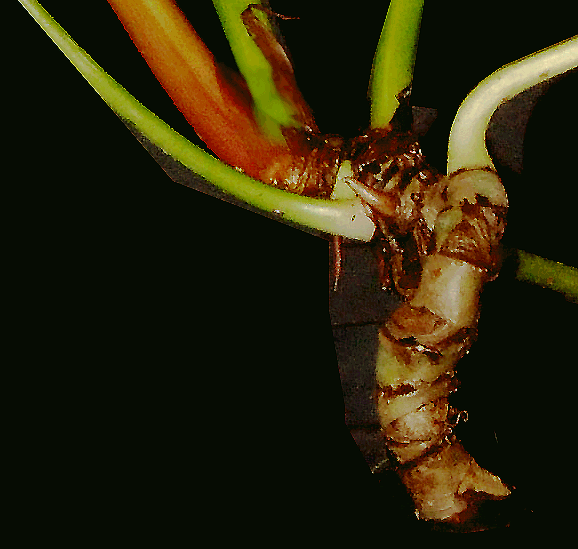 Philodendron
species are known to be highly variable and not every leaf of every
specimen will always appear the same. Natural variation
and morphogenesis are extremely common within aroid species. This link
will explain in non-technical language both variation and morphogenesis
known to science as ontogeny:
Click here.
Philodendron
species are known to be highly variable and not every leaf of every
specimen will always appear the same. Natural variation
and morphogenesis are extremely common within aroid species. This link
will explain in non-technical language both variation and morphogenesis
known to science as ontogeny:
Click here.
Want to learn more
about aroids?
Join the
International Aroid Society:
http://www.exoticrainforest.com/Join%20IAS.html
If you are seeking information on other rare
species, click on "Aroids and other genera in the Collection" at the top and look for the